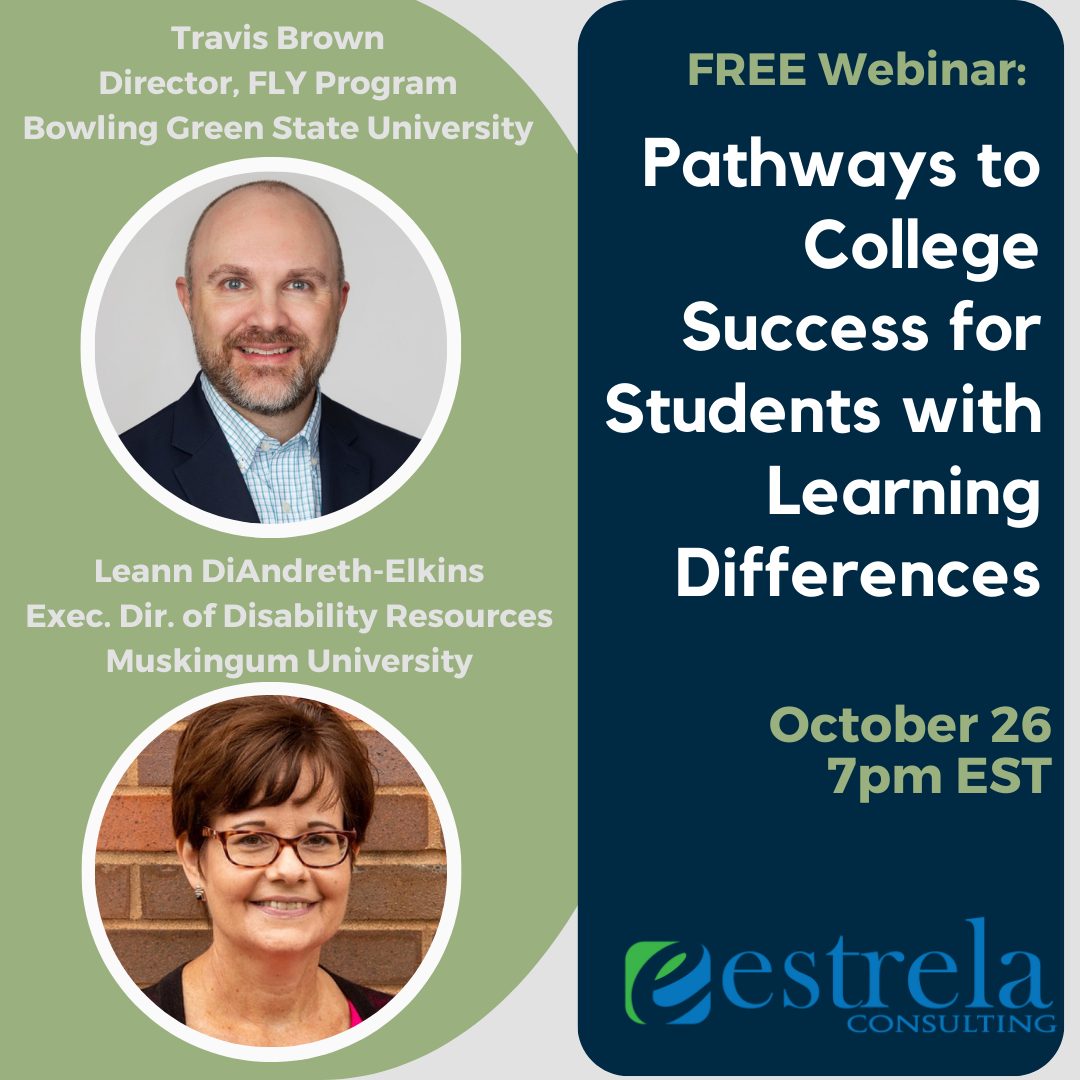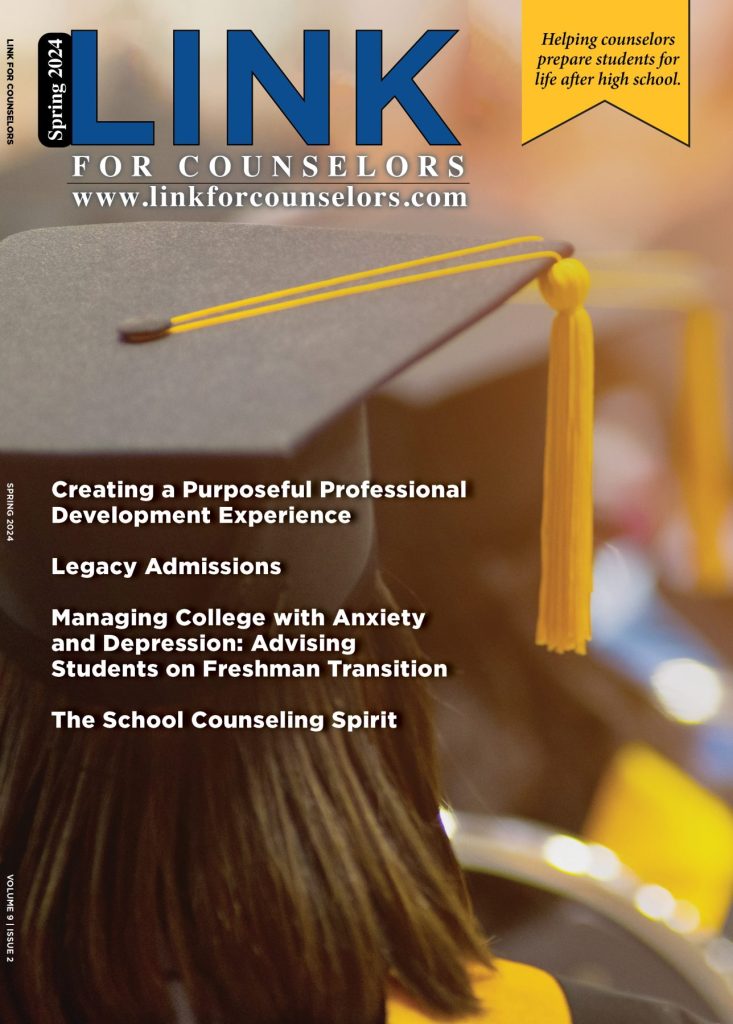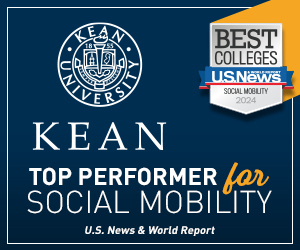College admissions officers reveal what bugs them most
Parents and students behaving badly.
Imagine yourself on the other side of the College Admissions desk.
It’s not so glorious apparently, or at least you need to be thick-skinned and good-natured. Joseph Connolly, a school counselor at New Oxford High School in New Oxford, Pa., wanted to know the pet peeves of admissions officers.
He sent out a request to members of the National Association for College Admissions Counselors and was deluged with responses. Apparently, college admissions officers were waiting for an opportunity to unload their hidden humor and their frustrations.
The following are actual accounts of students and parents behaving badly. The responses fall into several areas:
Communication
- The E-mail address is silly, stupid, or offensive such as crazysexycheerleader@____.com.
- Sending e-mails that use Instant Messaging or texting shorthand “im w8ing 4 some1 2 call me.”
- Cell phone voice-mail messages with 30 seconds of a student’s favorite rap song.
- Answering a cell phone during an interview.
- Leaving a message with just a first name and no telephone number, “Hi, this is Suzie, please call me back.”
- Chewing gum during an interview.
- Misrepresenting the breadth and depth of activities. Not being able to respond to a follow-up question such as “What did you do as part of your involvement in _____?”
- Yawning or acting distracted during a one-on-one interview. Nervous habits like hair-twirling, foot-tapping or “ums,” “likes” and “you knows” make a bad situation worse.
- Not responding to e-mails from the admissions office.
Not doing your homework
- Declaring in an interview that you want to major in marine biology or some other major that the college doesn’t even offer.
- Not proofing the entire application — spell check will allow typos such as “Their is no substitute for human proofreading.”
- Worse yet is the very common case of sending the heartfelt essay of “Why I want to attend (small private college)” to (big state university).
Gimmick overkills
- Baking goodies: giant cakes of the campus mascot, cookies in the school colors, pizzas with mushroom messages of “please accept me.”
- Creating life-sized sculptures with the figure holding an acceptance letter.
- Delivering one sneaker — the old “one foot in the door” gimmick.
Overzealous parents
- The very common comment “WE are in the process of completing applications.”
- Parents attending interviews, and worse yet, speaking for their children.
- Thinking that because Granddad played golf with a member of the board of trustees, Junior should be accepted.
Campus visits
- Inappropriate clothing: Don’t wear high heels for a campus tour or expose too much skin.
- Wearing college paraphernalia from another college to an interview.
- Sitting in on a class and acting disrespectfully, i.e. texting, talking on a cell phone, falling asleep, not paying attention, or asking silly questions.
Essays
- Writing a “boilerplate essay” and multi-purposing it for many schools without regard to the specific prompt.
- Not fully answering the essay prompt. Especially the “why” part of the question.
- Not identifying which essay choice they are responding to.
- Writing about something they were great at in the seventh grade and haven’t pursued since then.
- Using overworn cliches and generic statements that anyone could have written.
- Responding to the “Why this college? essay without specific examples about why the college is a good fit
Lee Bierer is an independent college adviser based in Charlotte.
Send questions to: lee@bierercollegeconsulting.com, www.bierercollegeconsulting.com













